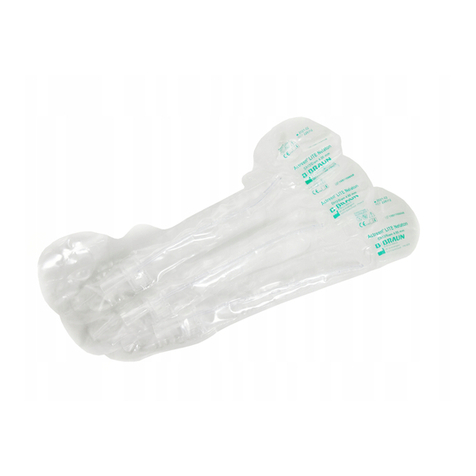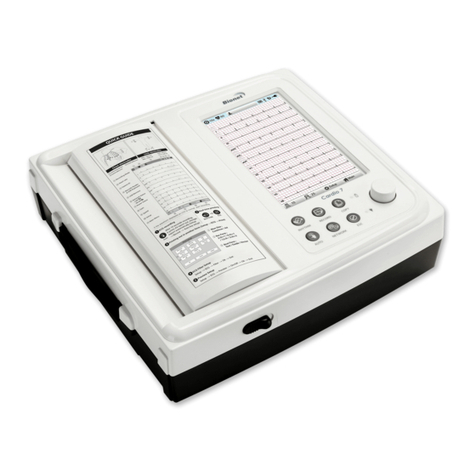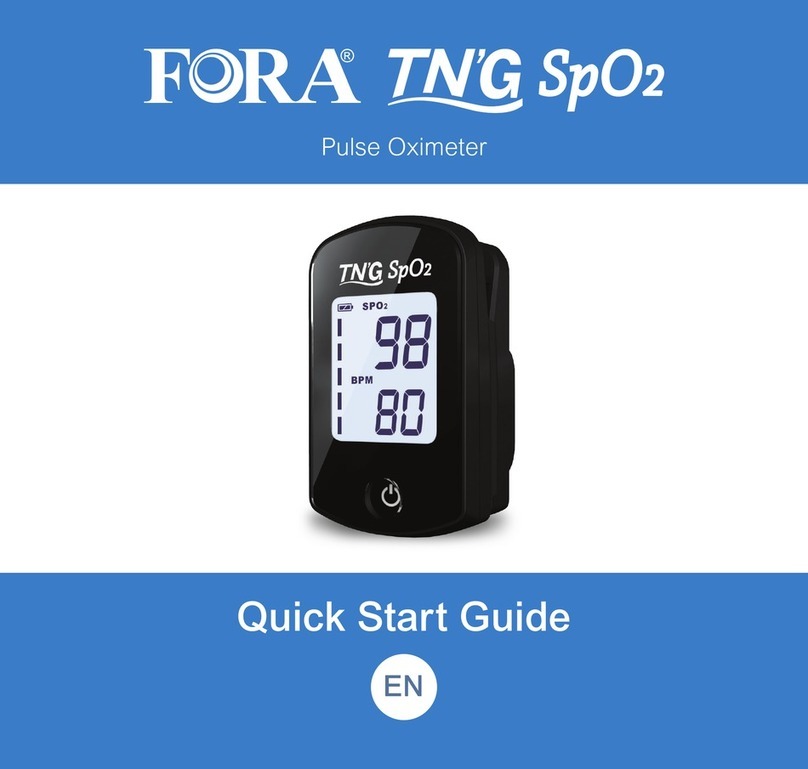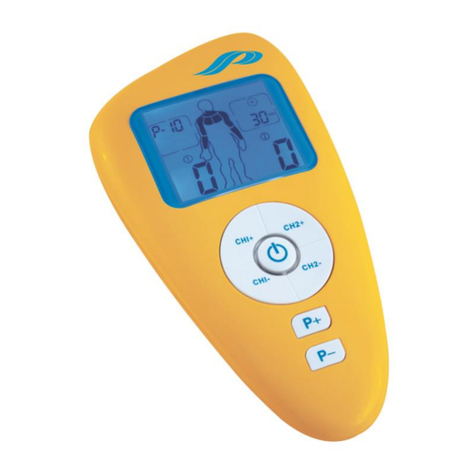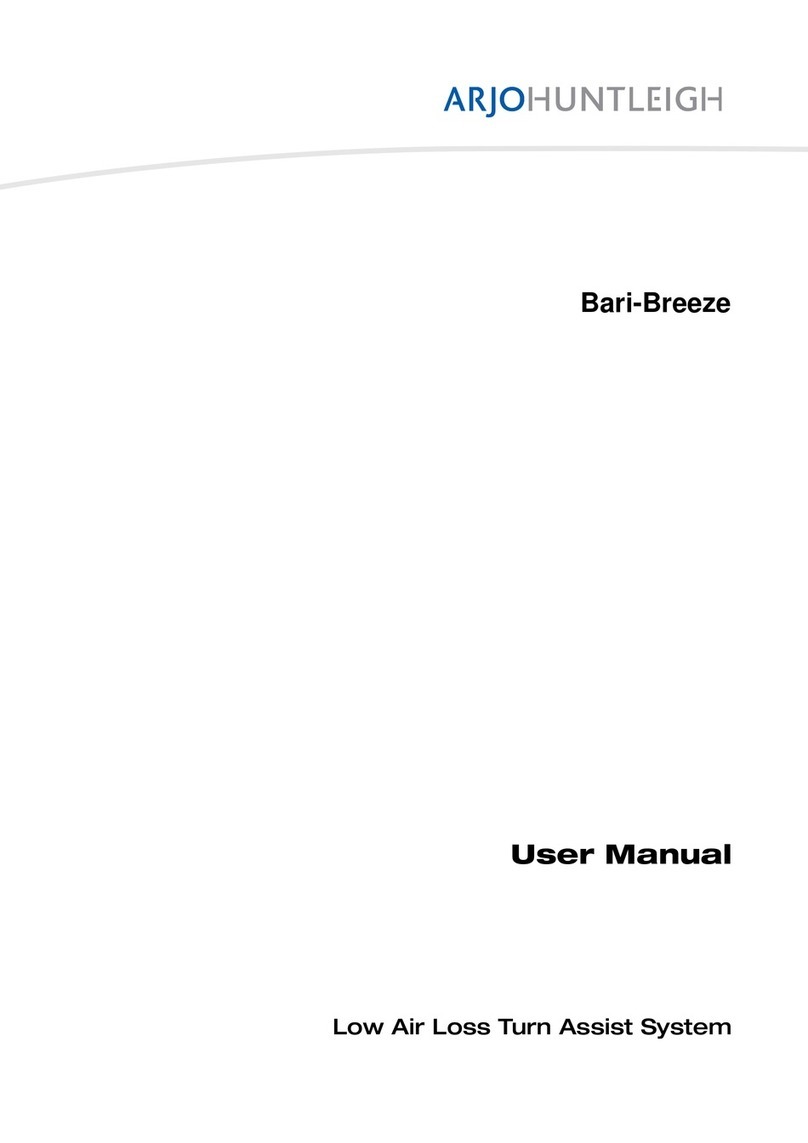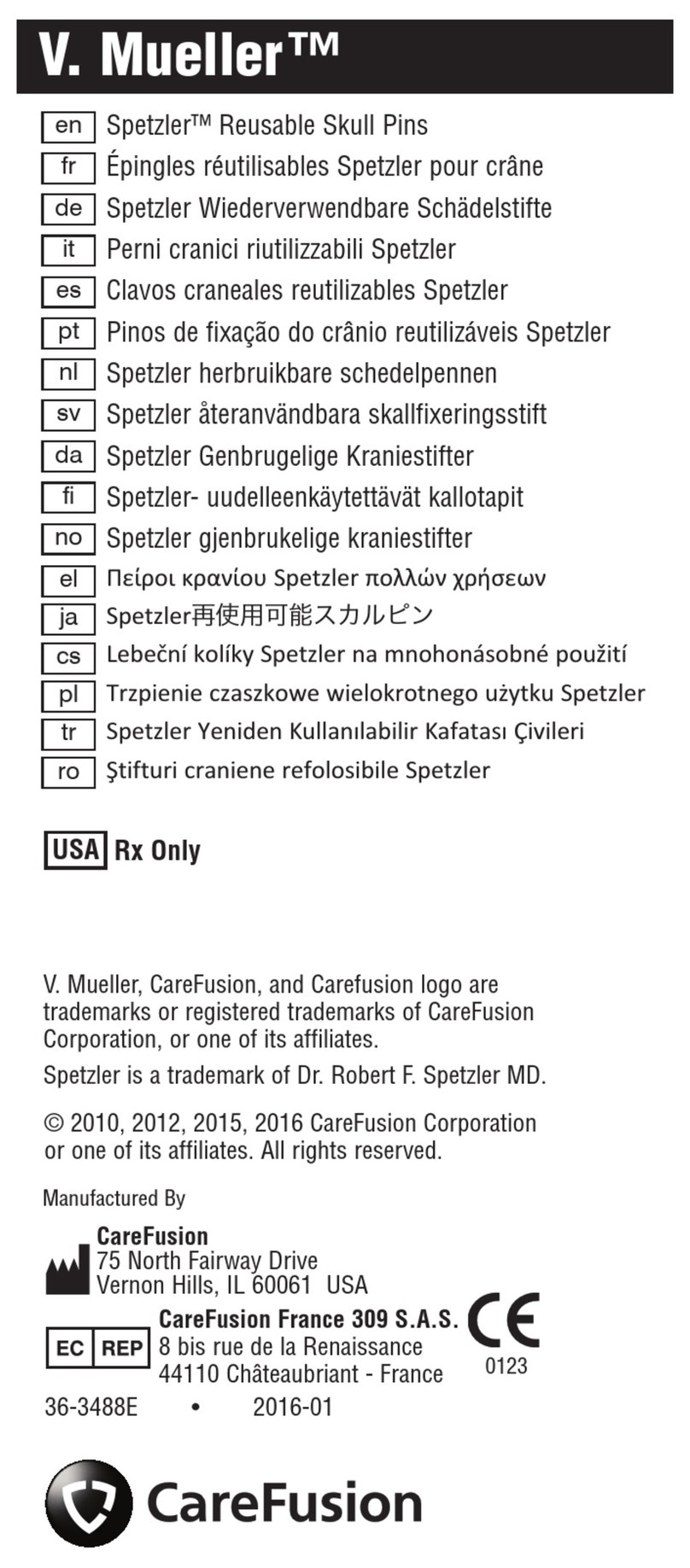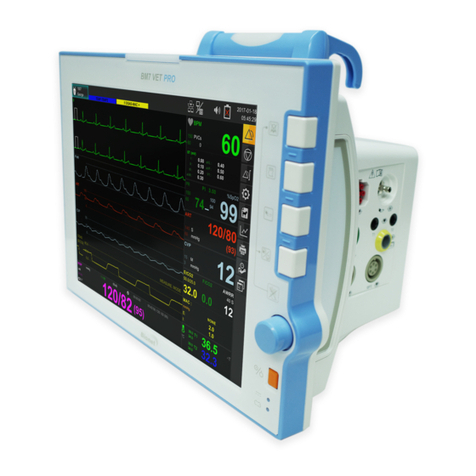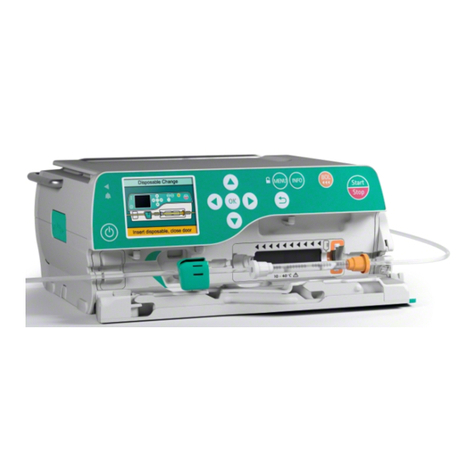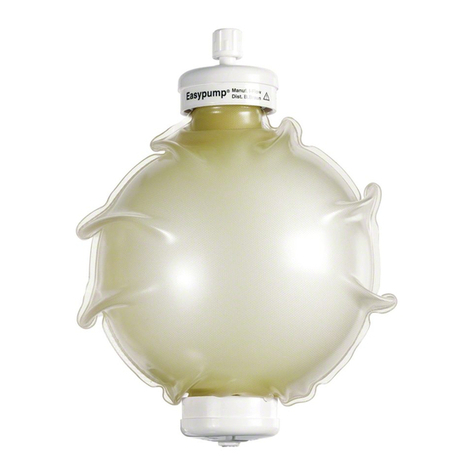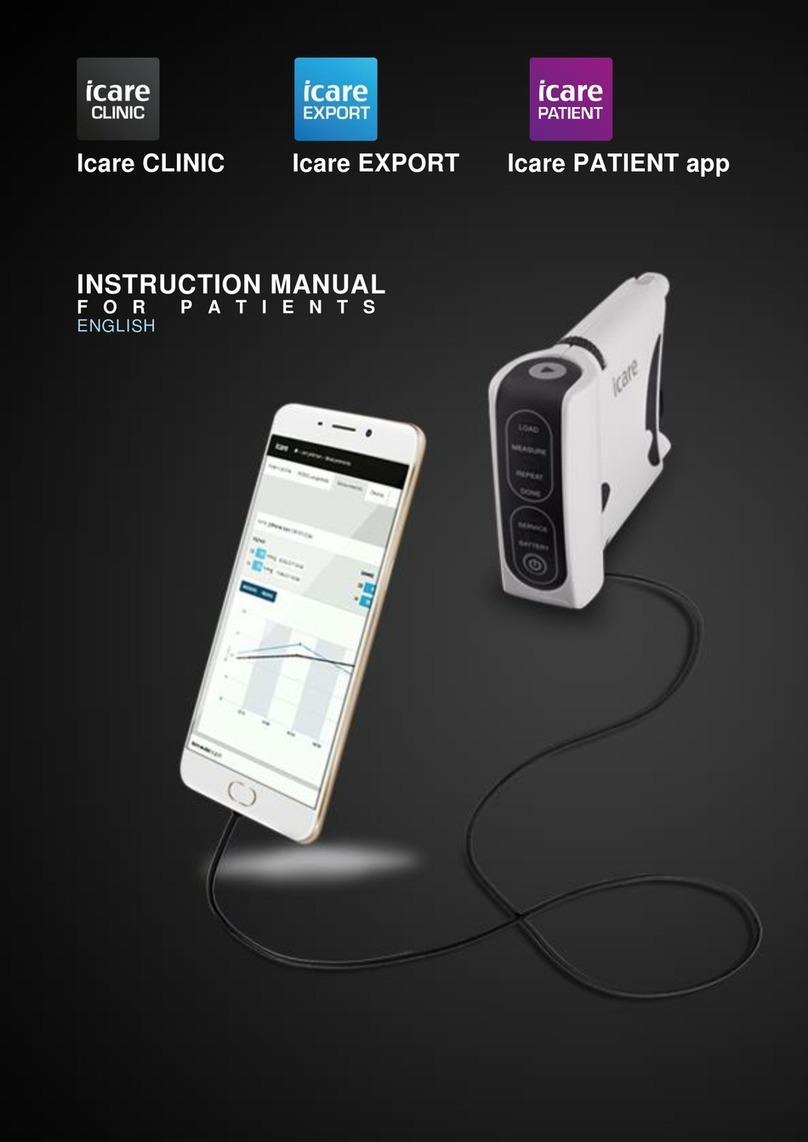myomo MARK User manual




















Table of contents
Other myomo Medical Equipment manuals
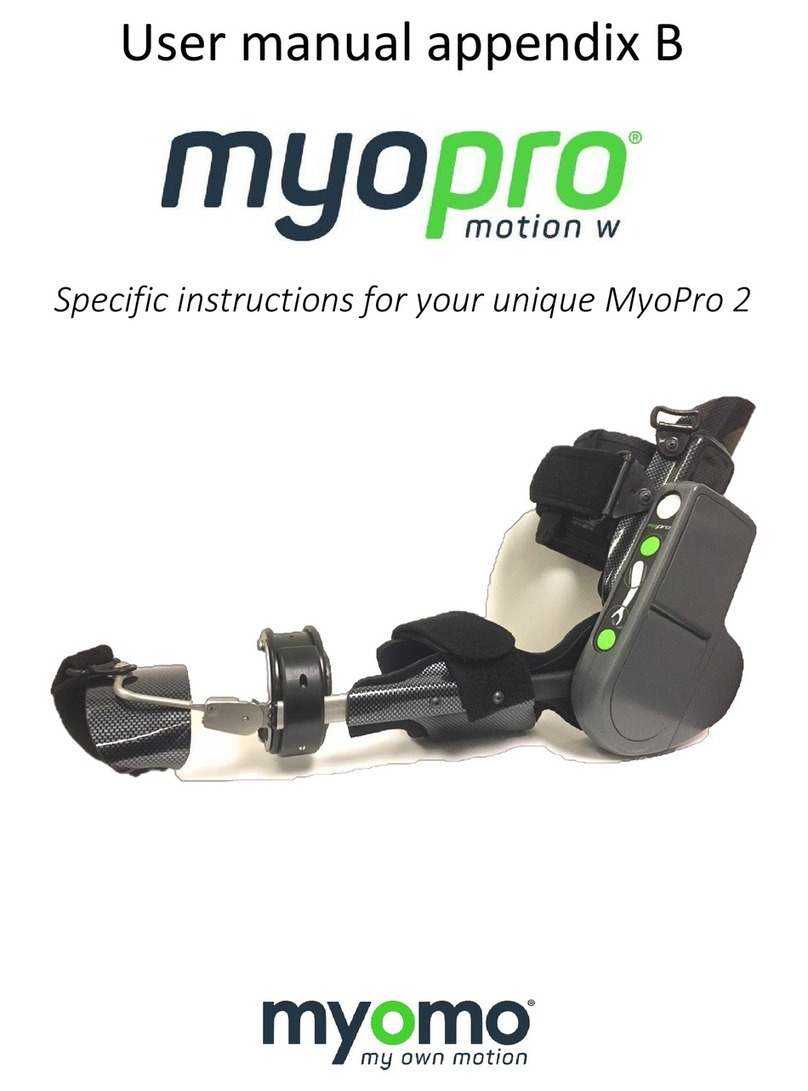
myomo
myomo MyoPro 2 Motion E User manual
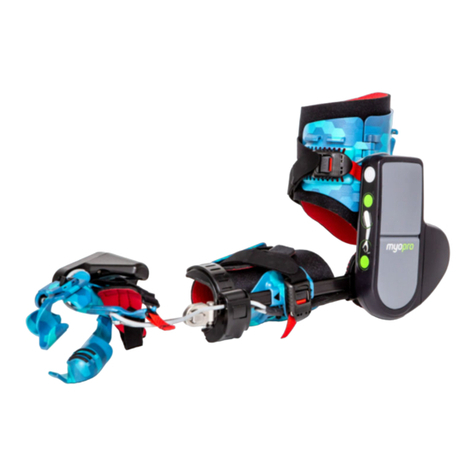
myomo
myomo myopro 2+ Motion G User manual

myomo
myomo MyoPro 2 Motion E User manual

myomo
myomo MyoPro 2 Motion G User manual

myomo
myomo MyoPro 2 Motion E User manual
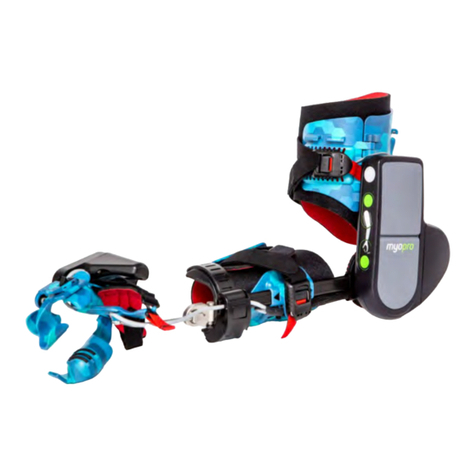
myomo
myomo myopro 2 Plus Motion W User manual
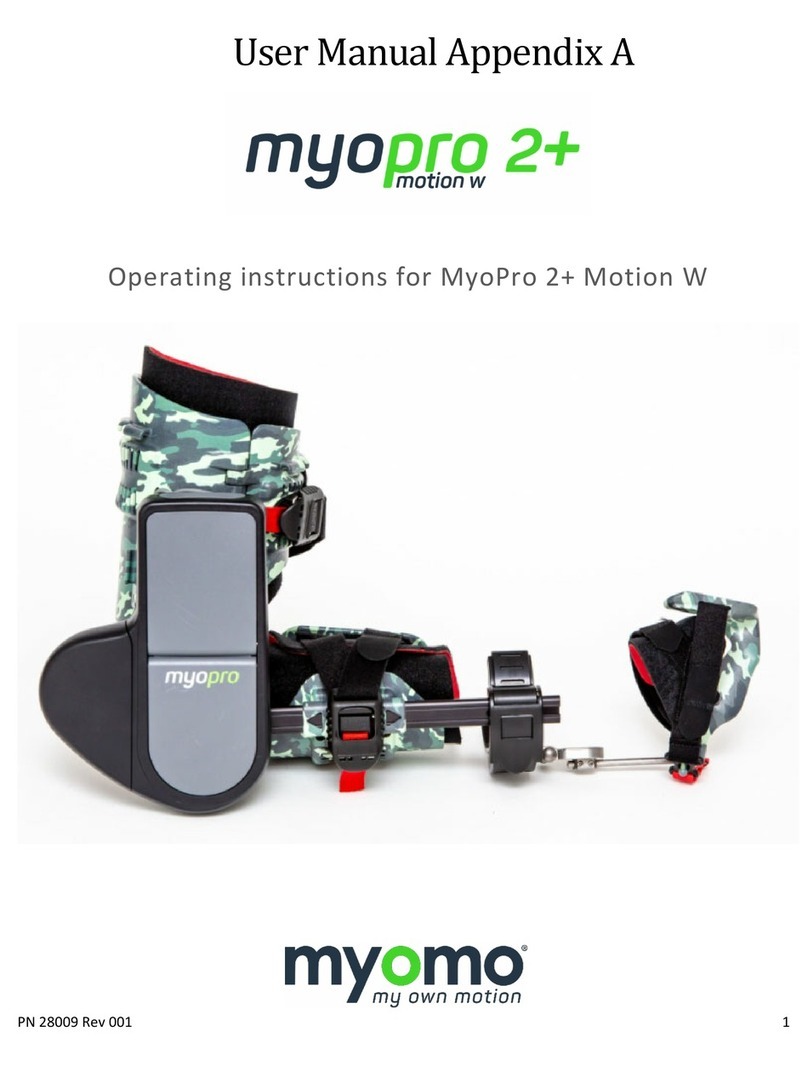
myomo
myomo myopro 2 Plus Motion W User manual
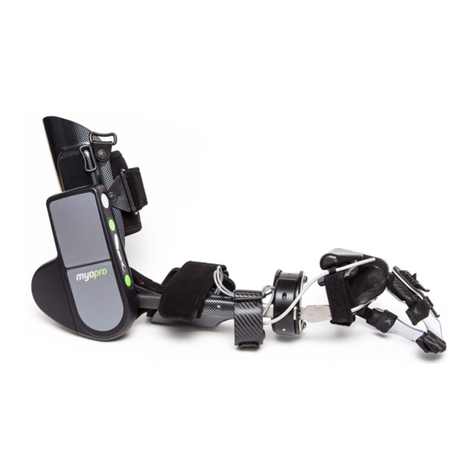
myomo
myomo MyoPro Motion E Operating and maintenance instructions

myomo
myomo MyoPro 2 Motion G User manual
Popular Medical Equipment manuals by other brands
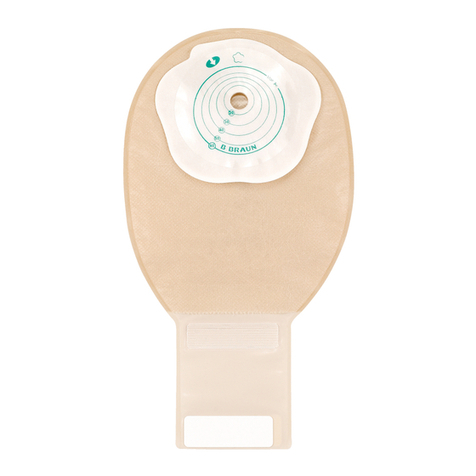
B. Braun
B. Braun Flexima Instructions for use
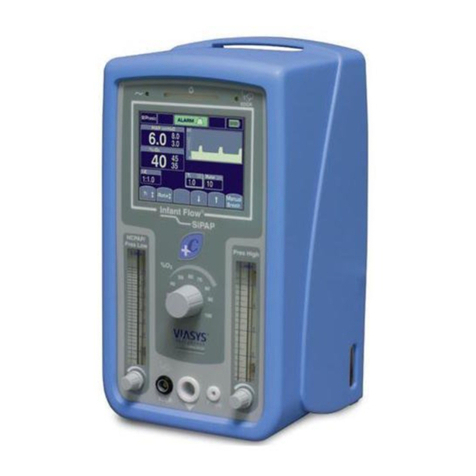
Care Fusion
Care Fusion M675 Service manual

NewLife
NewLife BEST-X Series Installation and user manual
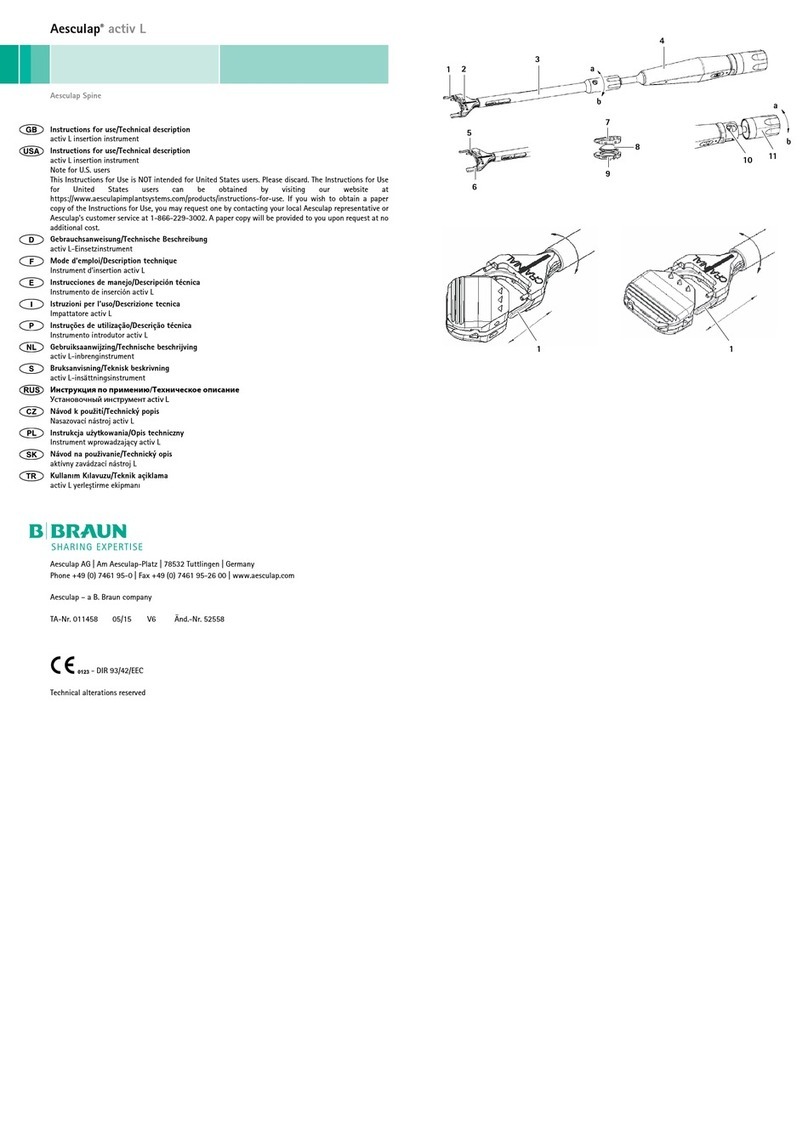
B. Braun
B. Braun Aesculap activ L 011458 Instructions for use/Technical description

Ever Sharp Technology
Ever Sharp Technology ES2070 manual
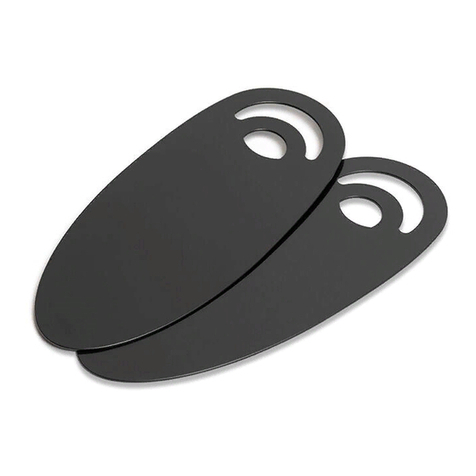
Etac
Etac Immedia E-Board Oval Series Instructions for use

